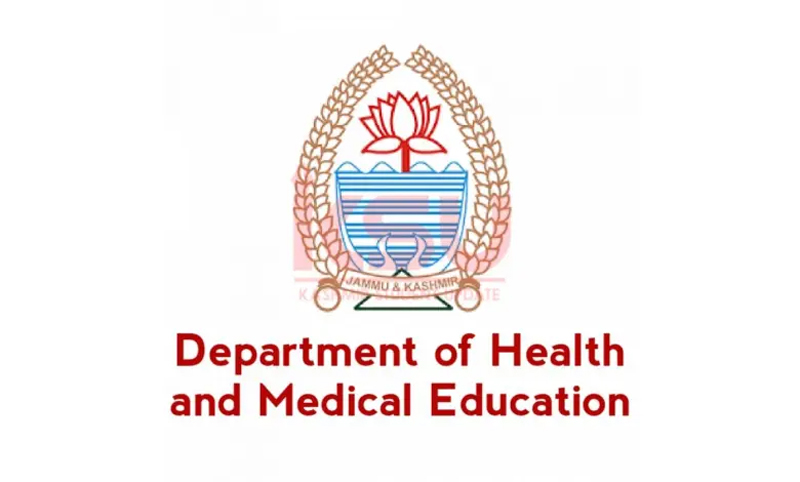Rationalization of health care infra in UT
Govind Sharma
JAMMU, Feb 7: Finally, after a decade, Health & Medical Education Department of Jammu & Kashmir has woken up from slumber to implement the recommendations of the Department of Ecology, Environment & Remote Sensing (EE&RS) made in its study report on “Measuring Physical Accessibility to Health Care Network”, to provide equal opportunity to the people of J&K to the health care network of the UT.
Official sources told Excelsior that keeping in view the potential of geo-information technology, the Department of Remote Sensing was asked in the year 2009 to undertake a study for measuring physical accessibility to existing healthcare network in the State besides, generating a scenario of a scaled up network where the new facilities could be located rationally for ensuring equitable access by the patients.
The Project got formally sanctioned during ending September 2010 with a project period of two years. However, the actual mapping work started from January 2011 after the necessary equipment and trained manpower was made available. The project was first effort of its kind aimed at realizing a healthcare network where various parameters like population spread, landscape features, terrain complexity, road connectivity, mode of transportation and impact of physical barriers was taken into account.
The objective of the study was to provide an insight into the existing Health Care Network and its catchment areas based on travel time and population coverage capacity of the various types of health institutions in the State besides, rationally identifying locations for setting up new health care facilities in future so that patients could reach these within a predetermined travel time irrespective of their location.
The project was completed well in time in the year 2012 by the Department of Ecology, Environment and Remote Sensing which mapped the entire J&K districts and the population located over various terrains. In its report, the Department highlighted areas which were deficient in healthcare facilities and identified areas where these facilities could be enhanced for ensuring equitable access to patients.
Sources said that the Health Services Department had to study the recommendations and make use of the enormous spatial data that has been generated under the Project to rationalize the health care network and ensure hassle free physical accessibility to the health infrastructure but due to political and other reasons, no Government implemented the recommendations of Department of Ecology, Environment and Remote Sensing made in its study report.
According to the sources, present Additional Chief Secretary H&ME Department Vivek Bhardwaj is taking keen interest to implement the recommendations made in the 2012 project report of Ecology, Environment and Remote Sensing Department, besides undertaking a fresh study which is required to be carried out to update the earlier study as many new health facilities have come up across various districts of the UT during the past decade.
They said recently a meeting was also held between officers of H&ME and Ecology, Environment and Remote Sensing departments in this connection wherein every issue was discussed in detail and Department of Ecology, Environment and Remote Sensing sought useful information/data viz. number of beds/doctors/paramedics etc to include the same in J&K Geoportal (ssdi.jk.gov.in) for providing online geospatial data services to H&ME Department.
A senior officer of H&ME Department said that the Geographic Information System (GIS) based model helps to map the catchment area of the existing health facility networks. “It helps in scaling up the network so that the patients are able to access health facilities within a predetermined travel time irrespective of their location, topography, landscape features, mode of transportation, speed of travel, direction of travel of patient, population distribution, road network and physical barriers,” he said.
He said the GIS powered healthcare system would be a more efficient one, especially in trauma and emergency cases. Moreover, it will help administration to manage the vast health care network more efficiently.
When contacted, Additional Chief Secretary H&ME Department confirmed that the project has been revived and it is in preliminary stage at present. He said that the Department is trying to make use of all geo-information technology tools to provide a robust health care infrastructure across the UT without any prejudice.


